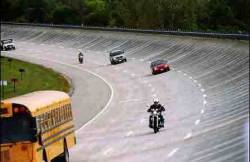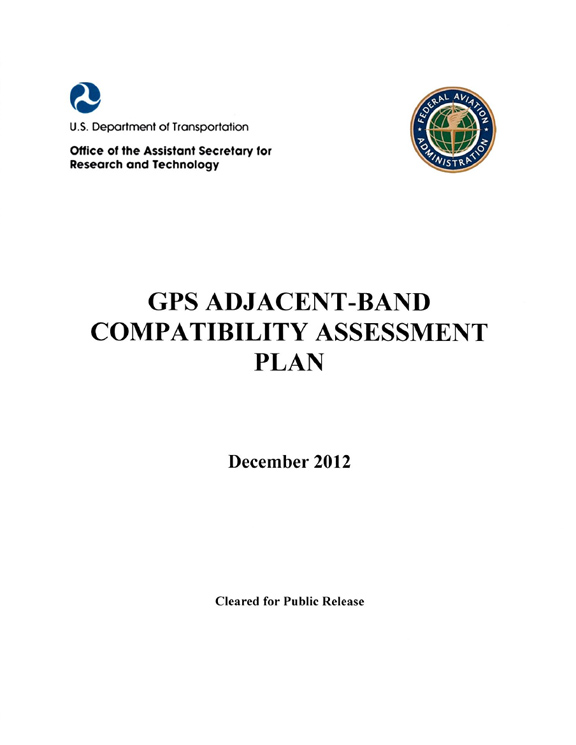A U.S. Transportation Department (DoT) public workshop will address GNSS receiver testing results October 14 at RTCA, Inc., 1150 18th ST NW, Suite 910, in Washington, DC. The event begins at 10 a.m. and ends at 4 p.m.EDT.
Workshop members, as part of DoT’s fifth GPS Adjacent Band Compatibility Assessment (ABC) effort, will discuss GNSS receiver testing that includes non-certified aviation, cellular, general location and navigation, high precision and networks, timing, and space-based receivers, the agency said.
A U.S. Transportation Department (DoT) public workshop will address GNSS receiver testing results October 14 at RTCA, Inc., 1150 18th ST NW, Suite 910, in Washington, DC. The event begins at 10 a.m. and ends at 4 p.m.EDT.
Workshop members, as part of DoT’s fifth GPS Adjacent Band Compatibility Assessment (ABC) effort, will discuss GNSS receiver testing that includes non-certified aviation, cellular, general location and navigation, high precision and networks, timing, and space-based receivers, the agency said.
The event is open to the public, but participants are required to register by October 11, 2016, DoT said.
As Inside GNSS reported, a Federal Register notice published on July 7, 2016, announced DoT plans to conduct additional testing of GPS/GNSS receivers this month as part of their ABC study. The notice was issued by DoT Assistant Secretary for Research and Technology Gregory Winfree.
The additional lab testing will be conducted at Zeta Associates in Fairfax, Virginia, and MITRE Corporation in Bedford, Massachusetts. It takes place in the context of a renewed push by Ligado (formerly Lightsquared Inc.) to obtain Federal Communications Commission (FCC) approval to establish a terrestrial wireless broadband network in the United States in radio frequency spectrum near the band occupied by GPS L1 signals and those of other GNSS systems.
To help make its case, Ligado launched tests in June 2015 of more than two dozen different GPS receivers. It has now filed the full results in FCC IB docket 11-109 along with an analysis that describes the test plan and provides charts of the results.
In April 2016, DoT conducted radiated testing of GNSS devices in an anechoic chamber at the U.S. Army Research Laboratory at the White Sands Missile Range (WSMR) facility in New Mexico.





